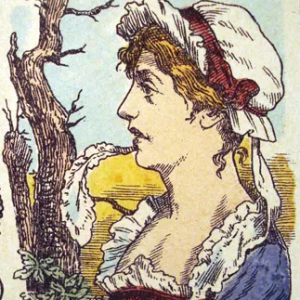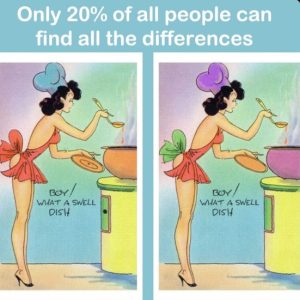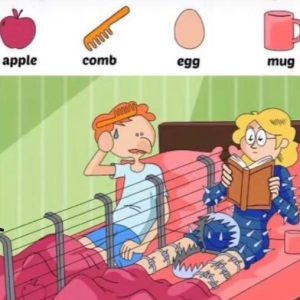Think you’re good at spotting the obvious? Think again.
There’s a new viral riddle floating around, and it’s making even the sharpest minds question their eyes. You’re presented with an image of nine cats, neatly numbered and seemingly identical. The question is as simple as it gets: Which of these cats are real?
At first glance, you might think this is child’s play. But that confidence fades the moment you try to solve it. Why? Because this riddle taps into one of the most classic visual tricks of all time—mirrors.
Let’s dive in and break it all down.
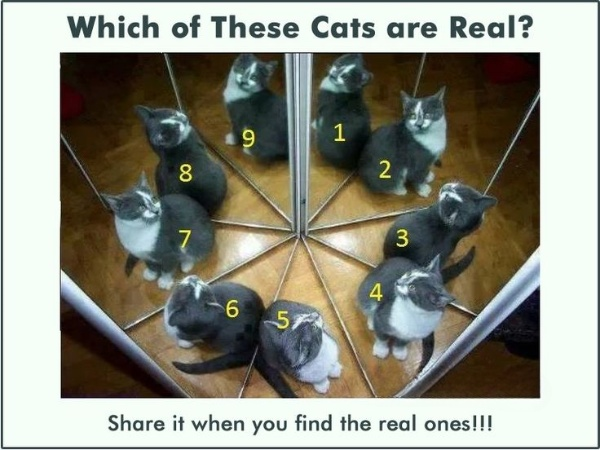
The Riddle That’s Driving the Internet Crazy
You look at this tidy grid of nine cats. They’re all sitting the same way, all positioned perfectly. The lighting? Flawless. The shadows? Seamless. The challenge? Spotting which cat—or cats—are actually in the room and which ones are just reflections.
The setup uses mirrors placed at tricky angles to duplicate the image of a single cat several times. If you’re not paying close attention, your brain automatically assumes each cat is a separate furry friend. But here’s where the puzzle starts to really mess with your perception.
Video: Which of these cats are real
Why Most People Get It Wrong
This isn’t a typical “find the difference” game. It plays on your assumptions. And let’s be honest—we all assume what we see is real, right?
Here’s why people usually fail this test:
They go with the first instinct. You see nine cats? You assume more than one must be real.
They forget how reflections work. Mirrors flip images. If you’re not thinking about reverse angles, you’re gonna be fooled.
They rely on emotional logic. “That one looks a little closer—maybe it’s real?” That’s not how science works.
You’ve got to look deeper. Let’s walk through the logic.
How to Solve the Puzzle Step-by-Step
Step 1: Check the Layout
This puzzle uses a mirrored space—likely three walls forming a semi-hexagonal or triangular corner. One real cat placed strategically can appear like eight others. It’s a classic magician’s trick. Now you’re not just solving a visual game; you’re decoding a geometry riddle.
Step 2: Spot the Real Cat
Your biggest clue? Cat #5. This little guy sits smack dab in the center, aligned perfectly with the seams of the mirror setup. The surrounding cats all reflect different angles of him. So if he’s real, every other number you see is just a mirror image.
Step 3: Look at the Light
Here’s where it gets fun. Every cat has the same exact lighting. The fur texture? Identical. The shadows? Unchanged. In real life, nine animals would cast nine different shades or stand in slightly different poses. But here? It’s photographic déjà vu.
Step 4: Reverse the Perspective
Still not convinced? Look at cats #2, #4, #7, and #9. Their faces and tails are mirrored, not just copied. Only a reflection can do that. Cat #5 is the anchor—the real one the mirrors are playing with.
The Big Reveal: There’s Only One Real Cat
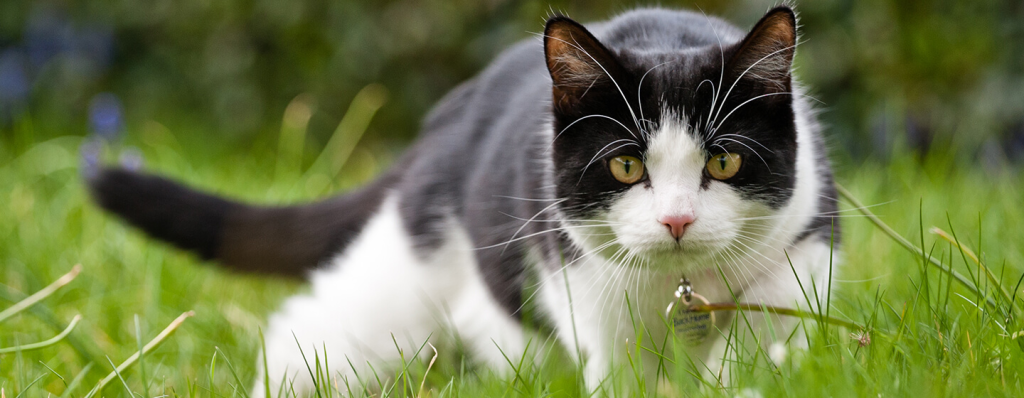
So here’s the twist: all those other cats? Just copies of cat #5.
Yep—eight perfect mirror illusions. So if you guessed only one is real, congratulations. You just beat one of the most clever visual riddles out there.
And if you didn’t? Don’t worry. Most people fall for the trap on their first try.
What This Puzzle Teaches Us About Perception
We love to trust our eyes. But sometimes, they lie. This cat illusion is a perfect reminder that perspective can trick us in powerful ways.
Ever walked into a hall of mirrors at a carnival? Same principle. Your eyes take in duplicate information, and your brain rushes to organize it—often incorrectly. This puzzle uses that exact science against you. It’s less about cats and more about how you see the world.
Share It, Debate It, Solve It Together
Video: A Fun IQ Quiz for the Eccentric Genius
Now that you know the truth, send this puzzle to a friend. See how long it takes them to figure it out. Maybe they’ll overthink it. Maybe they’ll pick three or four cats. But if they get it right on the first try? Buy them a coffee—they deserve it.
Visual puzzles like these aren’t just fun—they challenge your brain to think differently. And sometimes, they remind us that the obvious answer isn’t always the correct one.
Conclusion: Don’t Trust What You See Too Quickly
This visual brain teaser is more than just a picture of cats—it’s a mirror trick, a logic test, and a reminder to slow down and look twice. In a world full of illusions, sometimes it’s the most still and centered figure—like Cat #5—that holds the truth.
So next time something looks too good (or too confusing) to be true? Ask yourself: What am I really seeing here?
